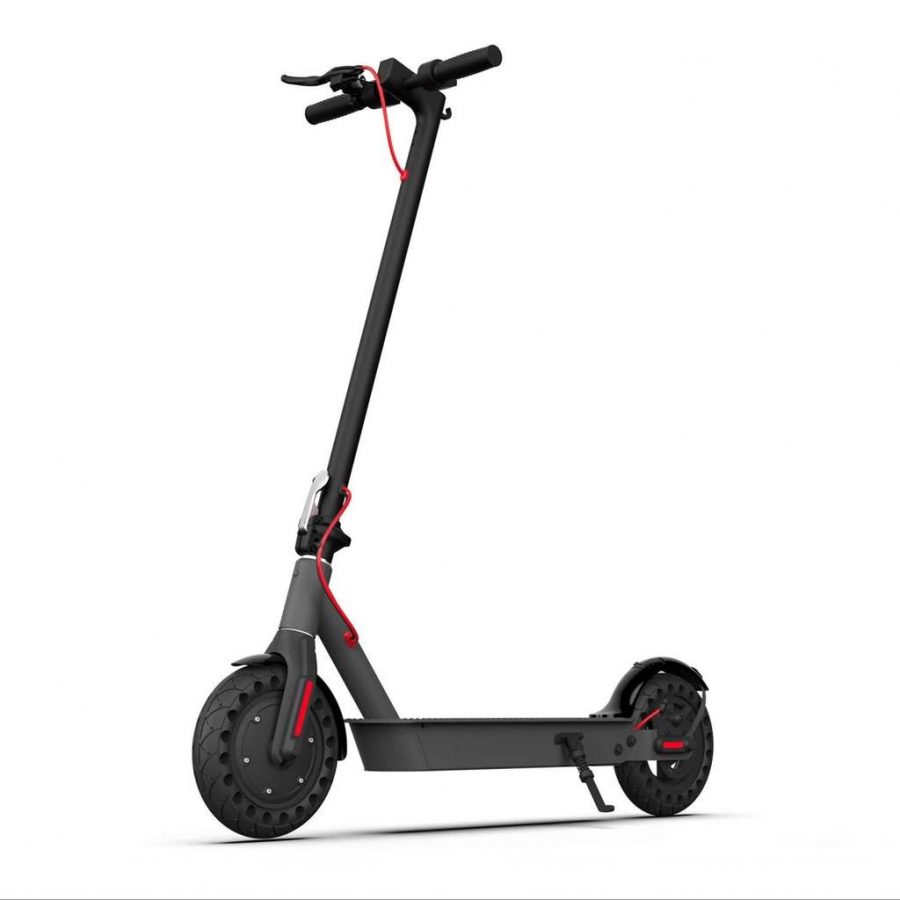Introduction
A “non-motor” scooter, often referred to as a kick scooter, is a human-powered vehicle with a deck, handlebars, and wheels. It’s propelled by the rider pushing off the ground with their foot.
First Step into Riding the Scooter
The first step in teaching a child to ride a scooter is to have them practice standing on the scooter and feeling the steering. This helps them get accustomed to the scooter’s feel and balance before attempting to move. Start by having them hold the handlebars and stand on the platform while you keep the scooter steady, allowing them to experiment with steering.
Not Just for Kids
Scooters aren’t just for kids due to several factors. Firstly, many scooter models are designed and marketed for adults, often for commuting, leisure, or even for those needing mobility assistance. Secondly, legal regulations often restrict the use of e-scooters to those with a valid driver’s license and over a certain age, typically 16 or 18, depending on local laws and the rental company.
How it Works
Riders use their feet to generate force, which is transferred to the wheels and the scooter’s deck, propelling it forward. This transfer of energy, from the rider’s muscles to the wheels, is a key part of how the scooter operates.
Why we love Scooters
Kids love scooters because they offer a fun and engaging way to build physical skills, promote independent movement, and provide a sense of freedom and fun. Scooters encourage active play, improve balance, coordination, and gross motor skills, and can boost confidence and independence.
Related Stories
https://www.betterhealth.vic.gov.au/health/healthyliving/scooters-and-child-safety
https://kids.kiddle.co/Kick_scooter
https://pmc.ncbi.nlm.nih.gov/articles/PMC10297359/
Take Action






